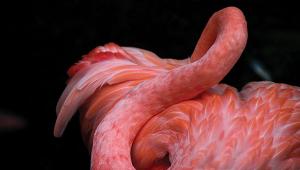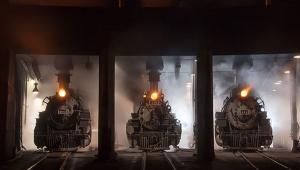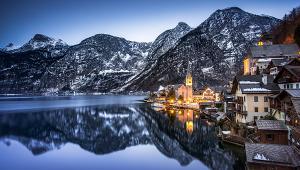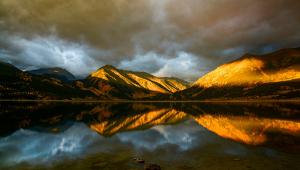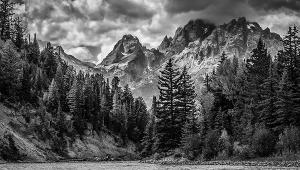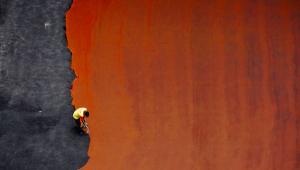Picture This!“Only With A Spot (Meter, That Is)”
Our Picture This! assignment this month covered one of the metering patterns, spot metering. Spot is a great choice when you want to saturate a distinct color, or when you want to get the bright white highlight right, with compensation. Readers sent in a variety of images, some with color in mind, others when they wanted to open up shadow details that would become too dark using evaluative (matrix). So next time you want to meter for a very select area of the frame, try spot!
Darwin’s Finch |
|
 |
|
|
Backyard View |
|
 |
|
|
Welder |
|
 |
|
|
Backlit Fall Leaves |
|
 |
|
|
Brown Bear |
|
 |
|
|
Upper Antelope Canyon |
|
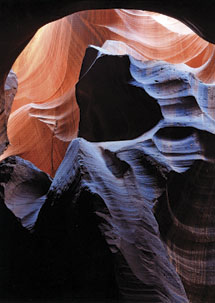 |
|
|
St. Louis Arch, Sunset |
|
 |
|
|
Duckling |
|
 |
|
|
Bird Silhouette |
|
 |
|
|
Kentucky Flower |
|
 |
|
|
Neon Light |
|
 |
|
|
Fall Reflections |
|
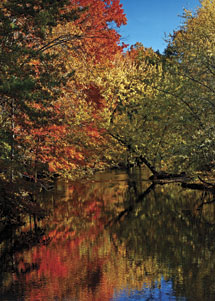 |
|
|
- Log in or register to post comments
